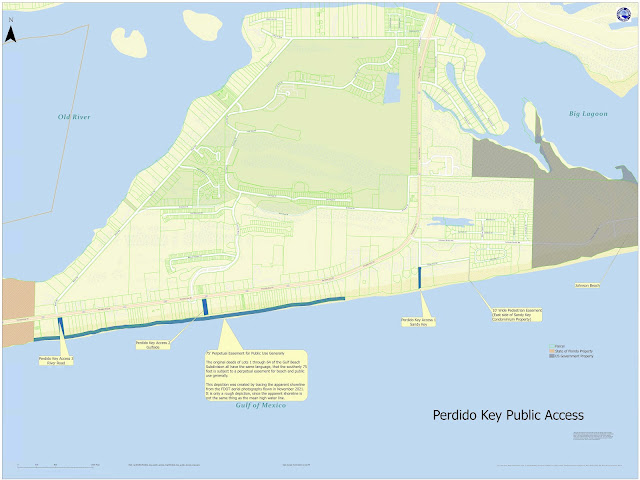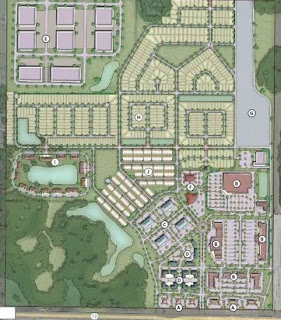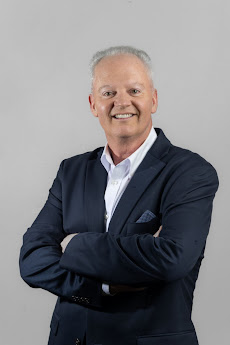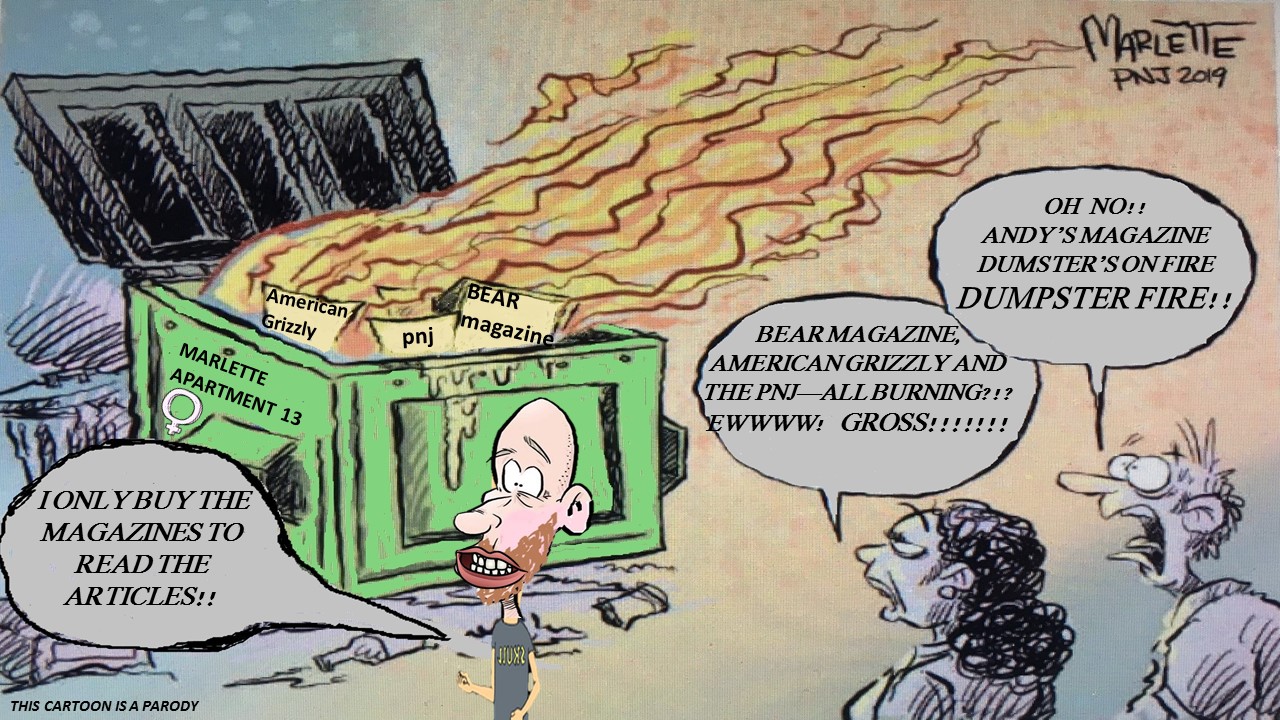Although there was no scheduled meeting of the Escambia Board of County Commissioners this past week--there were still lots of other significant meetings, gatherings, and galas in the region--three of which I had the opportunity to attend. Two of which are of vital importance to our communities, county, and region.
On Wednesday, a regional meeting of panhandle business interests, military personnel, elected officials, and other interested community members met in Okaloosa County. The discussion was pertinent and pointed:
What are the most serious issues that could potentially impact the Panhandle's significant military footprint here?
This is an important and pressing question to ask, as a HUGE part of our area's economy, more than 50%, is derived from military spending and the resultant spin off of jobs and economic activity that spending creates. In all of Florida, according to data presented at the conference, military spending totals about $97 Billion per year producing 900,000 jobs. The panhandle of Florida, with $22 Billion in DoD spending creating 200,000, jobs takes an oversized portion of that revenue (when population of the area compared to the rest of Florida is the benchmark). So we need to be mindful of this and do everything we can to protect the bases from all threats to include environmental, encroachment, and downsizing/closure.
Speakers included Austin Mount, CEO of the Emerald Coast Regional Council, Capt. Paul Flores, CO, NAS Whiting Field, Jim Bagby, District Director for Congressman Matt Gaetz, and Keynote Speaker was Mr. Dale Marks-Vice Director of the 96th Test Wing of Eglin AFB
This is an important question to ask the answer is important to know for policy makers and business owners alike--as according to several who spoke at the meeting--there are other bases and states with powerful elected representatives that are working to move military missions from this area into their respective jurisdictions. We can't let that happen without taking a HUGE economic hit.
There will be follow-on meetings of this ad-hoc group-and I look forward to attending in the future.
For those interested in learning more about this group and what they will be working on, check out their web page here. Check out the informative, data rich agenda presentation here. And you can watch the first half of the meeting (prior to the break out session and visioning exercises) here.
On Friday-Dave Robau, CEO and Founder of National Energy USA, hosted an all day Attainable Housing summit at the Bayview Community Center. This event was focused on finding solutions to housing shortages while simultaneously making existing homes more fortified against natural disasters and also finding ways to decrease the costs of owning a home utilizing new, innovative technologies to lower energy costs.
Housing, as everyone in Pensacola knows, is a huge issue in our community as our population grows and the costs for housing increase. So how do we tackle this issue? That was the subject of discussion for the all day presentations and panels which included representatives from Escambia County's Neighborhood and Human Services Division, The City's housing and planning/zoning staff, multiple representatives from local construction firms and materials manufacturers, architects, contractors, and those that work in this space.
For me the intriguing take aways were the professional presentation on tiny homes and a discussion of supply and demand's impact on housing costs and availability locally.
On tiny homes in particular, the discussion and back and forth with architect and builder Mr. Jordan Yee--who gave a very informative presentation on his experiences building and designing tiny homes and accessory dwelling units (ADU's) in Pensacola--was enlightening. I asked him, specifically, how tiny homes can help with the housing cost crunch and also the homeless situation Escambia County faces. Interestingly, Mr. Yee did not say the tiny homes can assist with either issue. He also told the panel that on a cost per square foot basis--building a tiny home is much more expensive than a traditional house, because "You are still having to build a kitchen and a bathroom with all the necessary appliances and those are the expensive components of a home. And you don't get the savings on the less expensive walls and areas of a traditional home to balance the costs." he explained.
This was interesting as I have heard several folks in the community profess that Tiny Homes are going to be the solution to housing issues and homeless. This professional's take, by contrast, is not in agreement.Mr. Yee's greater concern was on having zoning and code changes that allow for more density and easier approvals of construction of tiny homes in existing neighborhoods which will allow for an answer to the "missing middle"- a term describing the lack of duplexes, triplexes and ADU's in traditional neighborhoods. Although he did acknowledge that such a change of ordinances and codes will not be easy as many neighbors in traditional, mature communities will resist and fight against any additional density.\
That topic allowed for a segue into the contentious issue of building housing to meet the demand and to help lower the costs overall. I provided my take on the issue, pointing out the fact that when we approve new housing and particularly more density--we are often lobbied by the most stridently opposed citizens imaginable. To which everyone in the room seemed to understand.
So the question was nevertheless left unanswered: How do we address the supply issue to lower the housing costs when existing citizens don't want any new growth and will openly tell commissioners we should not "allow" any new residents to move here.
It certainly is a conundrum. But interesting just the same and an ongoing challenge we all face.
.png)
.png)



.png)
.jpg)



.jpg)













%20BRELAND.jpg)






































